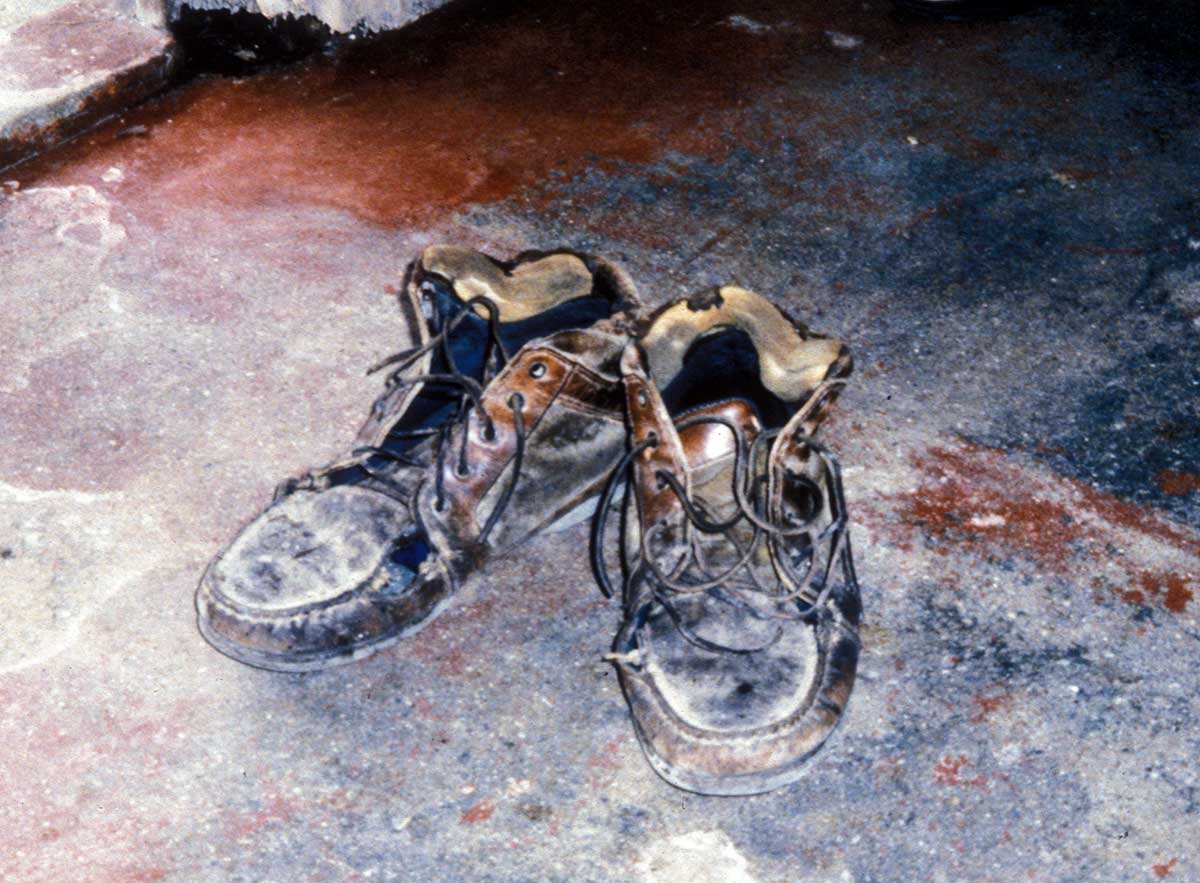When I first visited my vast extended family in the provinces of western Cuba in the mid-1990s, it was obvious that the wrenching austerity with which they had lived was not simply a product of the Special Period or the challenges presented by the US Embargo. After all, the 1980s was what islanders called la época de las vacas gordas [the era of the fat cows], a time when Soviet products and subsidies flooded Cuba with expendable wealth. Then, as now, however, expenditures, budgets and methods of distribution were state secrets, unknown and largely unaccounted for among average people. The fact that in 1996, my uncle had not been able to get a new pair of shoes for himself in fifteen years (since 1981) spoke volumes about the non-egalitarian nature of Cuba’s Communist-planned socialism. One Saturday morning, I snapped this picture, as awed by his shoes’ appearance as I had been by the muscular, leathery look of my uncle’s hands. Tiki demurred: How shameful! [¡Qué pena!] he laughed. What would all those people think about us when I returned to the United States? I responded, Do you really think they will wonder about you or about the nature of the socialist system responsible for your shoes? Tiki smiled. With his blessing, I took this picture.
